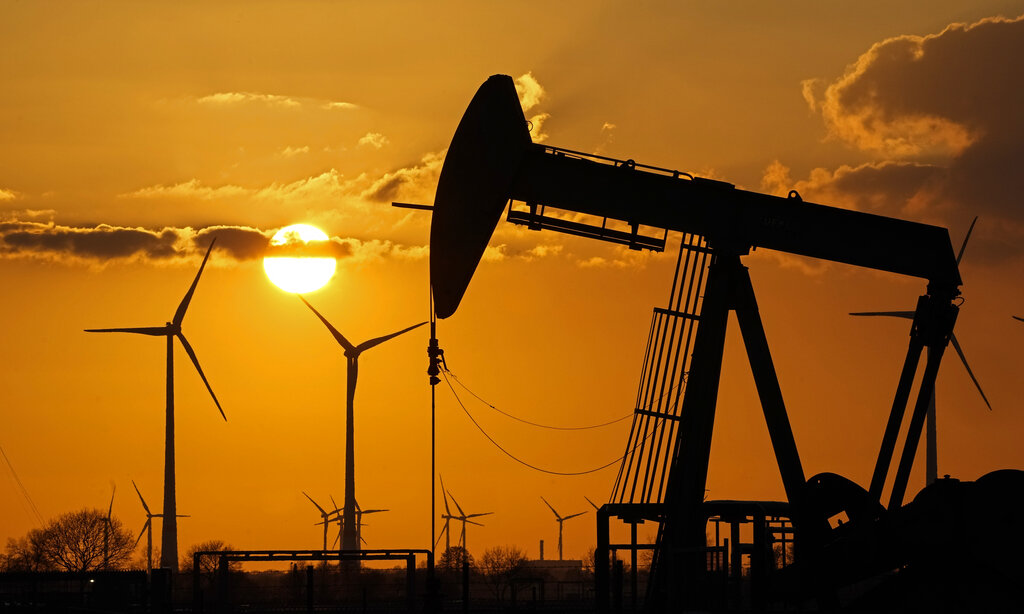
Global Energy Crisis By Sufian Siddique
The high price and supply of energy in the international market due to the impact of the Russia-Ukraine war has put us in trouble like any other country. The increase in global commodity rates, including all fossil fuels, has hit other regional countries as severely as it has hit Bangladesh. If one takes a look at the region, including India, Pakistan and Sri Lanka, crisis have surged.
There is frequent load-shedding in various parts of Pakistan due to a power deficit. It is producing less than the national demand. Countless cities are reporting power outages that last for hours on end. In Dhaka, June 3 marked the day on which load shedding made a comeback in Bangladesh after excessive power production had made people forget about the problems of limited electricity.
Now that load shedding is back, a large portion of the gas supplied to the country is used for power generation. Liquefied natural gas (LNG) imported from abroad is also used in power plants. However, the current problem seems to be temporary and the hope is that everything will go back to normal once the energy crisis is over. So, there is no chance of us becoming a generator or UPS market again and it will not become a country without electricity wires, that is certain. We are just waiting for good time.
This problem of electricity is not only ours. Australia—a nation of clean, responsible citizenry and wealth—is now suffering from power shortages. To deal with the situation, the Energy Minister Chris Bowen has advised the residents of the state of New South Wales to be economical in the use of electricity. At the same time, he requested to switch off the electric lights in the house for two hours every evening.
Australia is the world’s leading exporter of coal and liquefied natural gas. Three-quarters of the country’s electricity is generated using coal. However, the country is suffering from power shortage since last May. There are reasons behind this crisis. Earlier this year, several coal mines in New South Wales and Queensland flooded and coal production from two other mines also stopped due to technical reasons. The mines supply coal to the largest coal-fired power station in New South Wales. At the moment, in the face of various problems, one fourth of Australia’s coal-based power plants have stopped production. As a result, there is a huge shortage of electricity.
Apart from the developed countries, the electricity supply situation in our neighboring countries is also fragile. In addition to the economic crisis in Pakistan, the power crisis has become evident. It has become so extreme that the country’s telecom operators have warned of shutting down their mobile and internet services. Along with the coal crisis, extreme summer storms are causing regular power outages across India as well. As a result, governments of various states are struggling to meet electricity demands. India’s power demand has risen to a record high as this year’s persistent heat wave boosted demand for air conditioners and the lifting of all pandemic-related restrictions on industrial operations.
We all know Sri Lanka is suffering from an economic crisis as well as a power crisis. It has turned into a dark state due to the power crisis. Since September last year, the power situation of China, the economic giant of our region, has also been very bad. China is heavily dependent on coal for electricity. According to some Chinese officials and local media, coal prices have risen due to shortages in its supply.
When this is the state of electricity in the whole world, then we also have no chance to stay out of it. We also have to depend on the import of coal or LNG, the price of which is skyrocketing in the international market at the moment. The more the imports are reduced in this time of a global economic recession, the better for a nation.
According to the data of the electricity department, the number of power plants in Bangladesh was 27 in 2009, and now stands at 152. At that time, the power generation capacity was less than 5,000 MW per day, which now stands at 25,566 MW. Of course, there is not so much demand for electricity in the country. According to the concerned, the electricity demand in the country is 15-16,000 MW. There is also widespread criticism of building large amounts of power generation capacity and renting out many plants, repeatedly raising electricity prices.
According to the sources of the Ministry of Power and Energy and power generation and distribution companies, now the government is doing load shedding as a kind of compulsion. Due to a shortage in supply, gas required for power generation cannot be provided. World market prices have risen. Therefore, the government is not buying LNG from spot market for now. All in all, the situation that has been created has not been seen in recent times.
The huge additional cost to buy LNG has put severe pressure on our foreign currency, which can pose a serious threat at this time of changing world economic pressure. Maybe people will suffer a bit but still, now is the time to save foreign reserves, at least until the good times return.
Source: https://nation.com.pk/2022/07/31/global-energy-crisis/Global Energy Crisis

